
The UK ensemble Apartment House performs two works--Olivier Messiaen's "Quatuor pour la fin du Temps" in 6 movements; and Linda Catlin Smith's "Among the Tarnished Stars"--taking a fresh modern approach to the Messiaen, drawing out its experimental character, and the sense of drama and intricate gradations of sonority in Smith's rich and mysterious work.
Out of Stock
Quantity in Basket: None
Log In to use our Wish List
Shipping Weight: 3.00 units
Sample The Album:
Anton Lukoszevieze-cello
Heather Roche-clarinet
Apartment House-ensemble
Philip Thomas-piano
Mira Benjamin-violin
Olivier Messiaen-composer
Linda Catlin Smith-composer
Click an artist name above to see in-stock items for that artist.
Label: Another Timbre
Catalog ID: at143
Squidco Product Code: 27575
Format: CD
Condition: New
Released: 2019
Country: UK
Packaging: Cardboard Gatefold
Recorded St. Paul's Hall, in Huddersfield, England, by Simon Reynell.
"Another Timbre Interview with the members of Apartment House
I asked you to record Messiaen's 'Quatuor pour la fin du temps' after hearing a performance at which I found myself becoming increasingly frustrated by the playing style. It was performed perfectly competently and in what I suppose is the standard way, with a lot of dramatic and rather romantic phrasing, quite a bit of vibrato and so on. This is probably what Messiaen expected, but for me these stylistic adornments got in the way of the music and I wanted to be able to hear it afresh, played in a simpler and less rhetorical way. I felt that might give the music a new strength and clarity. When I asked if you were interested in recording a new version, I left it up to you to work out the details of your interpretation. So how did you approach it, and what did you discover?
Philip Thomas: In many ways I chose not to approach it differently from any other time I had performed it. What was enticing was to play it with colleagues with whom I have considerable musical empathy and knowing that what they would bring to the table would be very different from what musicians with whom I had worked previously on the piece had brought. So more than anything I was curious as to what would happen, knowing that most probably it would be different in some way, both from previous performances I had been involved with and from standard practice (if such a thing could be said to exist regarding this piece).
I have always regarded Quatuor pour la fin du temps as in many ways an experimental piece - the first movement especially, and parts of the seventh, in which distinct and entirely separate layers of music co-exist across a generally flat aural plane. The static, timeless elements of Messiaen's music are those which are most attractive to me (see also much of the landscape elements of the Catalogue d'oiseaux). Beyond those factors, I was curious to hear how the string players might approach their solos (movements 5 and 8), and then also how we would deal with the more extravagant, possibly vulgar, elements of the music. (I recall John White likening the Turangalila Symphony to Disneyland.)
But in terms of how I approached the piano part I really did nothing different other than to respond to my fellow musicians, but that's true of all performance. I was keen not to go into rehearsals with a particular conception of the piece that might in any way be seen to adopt a dogmatic, or 'experimental' practice - that I felt would be the death of the music, and also of our performance practice as an ensemble. I trusted the musical sensibilities of the musicians and sought to figure out the music through praxis. I assumed that probably the string players would adopt a practice of generally non-vibrato, though I hadn't anticipated either how radically that changed the sound, nor quite how difficult that would be. I also knew that in order to play the music in ways that engage our curiosities, we'd probably be adopting a practice that might contravene historical practices and even specific directions in the score. Though when Messiaen writes 'très expressif' in the cello part of movement 5, that, for me, has nothing to do with vibrato, rubato, dynamic inflections, etc and everything to do with what is inherent in the music. That is to say, a simple change of harmony alongside a sustained melodic note has the potential to be a deeply expressive, achingly felt moment, and our job is to allow the music to do that as simply as possible.
Heather Roche:I think there were two distinct but interconnected aspects of approach. One being my approach to the clarinet part. This was to make an attempt to have a fresh take on the score, as though I'd never seen or heard the piece before, but was also inescapably a reaction to the recordings I knew. For me, interpreting the clarinet part meant obeying Messiaen's dynamic markings as closely as was possible, creating very long lines with the breath and not adding any extraneous gestural material. I wanted to let the composer's lines, his musical material, his bird calls, to speak/sing for themselves. While the music is not easy by any means for the clarinet - maintaining a quiet dynamic while jumping between extreme registers, for example, is rather tricky here - I wanted as much as possible to go to extremes in my attempt to obey his dynamics and tempi while making it sound with ease, giving it a kind of floating quality.
The other aspect is in the approach to the other musicians. But in this case, it wasn't difficult, as my three colleagues are musicians whose playing and thinking I love, and we work together in a way that fosters trust, so that the process is arduous, but one in which we all felt we could be open in our ideas and wishes.
Anton Lukoszevieze: I always approach a work as notated material. This may sound obvious, but I try not to have any preconceived ideas about 'how' to interpret a work.
Of course I play in a certain way, as does everyone, it is their signature. After working on a piece for some time I get a clearer picture of its identity. I am wary of falling into the gestural trap. Expressivity is embedded in the music, not in me. Richard Strauss and Webern sound very different, even though they wrote music within the same period.
Quartet for the End of Time, what a great title! I see this work as a series of woodcuts: Messiaen delineates each part very clearly, as if cut with a tool, each instrument or movement he uses a different type or size of tool. Within the final print of each woodcut or movement he chooses different colours to fill in our lines.
The famous Louange movement for cello and piano is to my ears a very slow blues, the expressivity is within the piano part, not the cello part, the harmonic changes create that expressivity, rather like Bill Evans' playing, but with a little more reserve. In other movements I sometimes use glissandi to connect notes, as I can often hear an Ondes Martenot in my head.
The other day I read a quote by Wittgenstein on death: "Death is not an event in life: we do not live to experience death. If we take eternity to mean not infinite temporal duration but timelessness, then eternal life belongs to those who live in the present." For me the end of time is happening now.
Mira Benjamin: My friend Jennie Gottschalk, in her book Experimental Music Since 1970, has written:
'Experimental music is challenging to pin down because it is not a school or a
trend or even an aesthetic. It is, instead, a position-of openness, of inquiry, of
uncertainty, of discovery. Facts or circumstances or materials are explored for their potential sonic outcomes... These explorations are oriented toward that which is unknown, whether it is remote, complex, opaque, or falsely familiar.'
This principle of experimentation with and through music is important to me because it holds at its core the value of inclusivity. So yes, I agree wholeheartedly with Philip that we can approach a practice of this piece, like any other, as experimental. An experimental practice, for me, foregrounds active listening and an ultimate curiosity about what music can potentially be.
It is in this spirit that I have approached both these recordings - Messiaen's 'Quatuor...' and Linda Catlin Smith's 'Among the Tarnished Stars'. Both pieces might be heard as predominantly gestural, and invite a certain sense of dramaturgy in the approach... yet both also present very intricate gradations of sonority. In foregrounding this latter quality of the music in my listening, I discover unexpected ways of relating to these pieces, which then guide how I approach the material as a player."
Artist Biographies
• Show Bio for Anton Lukoszevieze "Cellist Anton Lukoszevieze (born 1965 in the UK) is one of the most diverse performers of his generation and is notable for his performances of avant-garde, experimental and improvised music. Anton has given many performances at numerous international festivals throughout Europe and the USA (Maerzmusik, Donaueschingen, Wien Modern, GAS, Transart, Ultima, etc.etc.). He has also made frequent programmes and broadcasts for BBC Radio 3, Danish Radio, SR2, Sweden, Deutschland Rundfunk, WDR, Germany and ORT, Austria. Deutschlandfunk, Berlin produced a radio portrait of him in September, 2003. Anton has also performed concerti with the City of Birmingham Symphony Orchestra at the 2001 Aldeburgh festival and the Netherlands Radio Symphony Orchestra. He has collaborated with many composers and performers including David Behrman, Alvin Lucier, Amnon Wolman, Pierre Strauch, Rytis Mazulis, Karlheinz Essl, Helmut Oehring, Christopher Fox, Philip Corner, Alvin Curran, Phill Niblock and Laurence Crane, He is unique in the UK through his use of the curved bow (BACH-Bogen), which he is using to develop new repertoire for the cello. From 2005-7 he was New Music Fellow at Kings College, Cambridge and Kettles Yard Gallery. Anton is the subject of four films (FoxFire Eins) by the renowned artist-filmmaker Jayne Parker. A new film Trilogy with compositions by Sylvano Bussotti, George Aperghis and Laurence Crane premieres at The London Film Festival, October 2008. In November will premiere a new hour long work by Christopher Fox for cello and the vocal ensemble Exaudi commissioned by the Huddersfield Contemporary Music Festival and will also present new solo works for cello and live electronics. Anton is also active as an artist, his work has been shown in Holland (Lux Nijmegen), CAC, Vilnius, Duisburg (EarPort), Austria, (Sammlung Essl), Wien Modern, The Slade School of Art, Kettles Yard Gallery, Cambridge Film Festival and Rational Rec. London. His work has been published in Musiktexte, Cologne, design Magazine and the book SoundVisions (Pfau-Verlag, Saarbrucken, 2005). Anton Lukoszevieze is founder and director of the ensemble Apartment House, a member of the radical noise group Zeitkratzer and recently made his contemporary dance debut with the Vincent Dance Company in Broken Chords, Dusseldorf." ^ Hide Bio for Anton Lukoszevieze • Show Bio for Heather Roche "Born in Canada, clarinetist Heather Roche trained in England, lived in Germany for 7 years and now lives in London. She has performed at some of the major European festivals, including musikFest (Berlin), BachFest (Leipzig), Musica Nova (Helsinki), Acht Brücken (Cologne), the International Computer Music Conference (Huddersfield, Ljubljana), the Dias de Música Electroacústica (Seia, Portugal) and the Agora Festival (Ircam, Paris). She has also performed solo programmes at the Zagreb Music Biennale, the Huddersfield Contemporary Music Festival, the New York Electroacoustic Symposium, at CIRMMT (Montreal), Unerhörte Musik (Berlin), Eavesdropping (London), and with the Birmingham Electroacoustic Sound Theatre (BEAST). She has performed with ensembles and orchestras including Musik Fabrik (Cologne), the WDR Orchestra (Cologne), mimitabu (Gothenburg), the London Symphony Orchestra (London), ensemble Garage (Cologne), ensemble interface (Berlin), the Riot Ensemble (London), the Alisios Camerata (Zagreb), and ensemble proton (Bern). She also plays across the UK in a trio with Carla Rees (flutes) and Xenia Pestova (piano) and in 2015 formed an duo with the accordionist Eva Zöllner, with whom she has played across Germany, the UK and in Portugal. She is a founding member of hand werk, a 6-person chamber music ensemble based in Cologne, and worked with the group from 2010-2017. She has solo CDs out on the HCR/NMC and Métier labels. Please see the Discography for further details. In 2014 she was awarded a DIVA (Danish International Visiting Artists Fellowship), and lived in Copenhagen for two months. Since 2016 she has acted as the Reviews Editor for TEMPO, a quarterly journal for contemporary music published by Cambridge University Press. Her website is host to one of the most widely read new music blogs on the Internet. In 2017 it had 75,000 hits from around the world. She successfully crowdfunded in 2014 in order to host her first composition competition. Six young composers were chosen out of 270 applicants to write new pieces, which were premiered in 2016. She is a fervent advocate of collaboration, and her PhD research at the University of Huddersfield (under the supervision of Dr. Philip Thomas) explored the nature of dialogue within performer-composer relationships. She has given workshops in instrumental technique and/or iPad use in performance all over Europe, for example in London, Munich and Copenhagen. Heather completed her Masters of Music (Orchestral Training) in 2006 at the Guildhall School of Music and Drama in London, studying under Joy Farrall and Laurent Ben Slimane, in addition to conducting with Sian Edwards. Following her degree she completed residencies with the International Ensemble Modern Academy, at IMPULS in Graz and with ensemble recherche in Freiburg, the Darmstadt Summer Courses 2008 and 2010 and the International Ensemble Modern Academy in Innsbruck, Austria. She has performed in masterclasses with Michael Collins, Ernesto Molinari and Shizuyo Oka, to name a few. She completed her BMus in 2005 at the University of Victoria, Canada, studying under Patricia Kostek." ^ Hide Bio for Heather Roche • Show Bio for Philip Thomas "Philip Thomas (b.1972, North Devon) specialises in performing new and experimental music, including both notated and improvised music. He places much emphasis on each concert being a unique event, designing imaginative programmes that provoke and suggest connections. He is particularly drawn to the experimental music of John Cage, Morton Feldman and Christian Wolff, and composers who broadly work within a post-Cageian aesthetic. In recent years he has been particularly associated with the music of Christian Wolff, giving the world premiere of his Sailing By in 2014 and Small Preludes in 2009, the UK premiere of Long Piano (Peace March 11), having co-edited and contributed to the first major study of Wolff's music, Changing the System: the Music of Christian Wolff, published by Ashgate Publications in 2010, and currently recording all of Wolff's solo piano music for sub rosa. He is an experienced performer of John Cage's music, having performed the Concert for piano and orchestra with both Apartment House and the Merce Cunningham Dance Company as well as most of the solo piano and prepared piano music, including a unique 12-hour performance of Electronic Music for piano He has commissioned new works from a number of British composers whose ideas, language and aesthetic have been informed in some ways by the aforementioned American composers, such as Stephen Chase, Laurence Crane, Richard Emsley, Christopher Fox, Bryn Harrison, John Lely, Tim Parkinson, Michael Parsons, and James Saunders. In recent years Philip has pursued a passion for freely improvised music, after significant encounters with the music of AMM and Sheffield-based musicians Martin Archer, Mick Beck and John Jasnoch. He has worked with improvisers in a variety of contexts and recently devised a programme of composed music by musicians more normally known as improvisers as well as others who have been influenced by improvisation in some form. This led to a CD release, Comprovisation, which featured newly commissioned works by Mick Beck, Chris Burn and Simon H Fell. Other CD releases include music by Martin Arnold, Laurence Crane, Christopher Fox, Jürg Frey, Bryn Harrison, Tim Parkinson, Michael Pisaro, James Saunders, Christian Wolff, as well as with improvisers Chris Burn and Simon H Fell. Philip is a regular pianist with leading experimental music group Apartment House, with whom he has performed in festivals across the UK and Europe. He has also performed with the Quatuor Bozzini, and in duos with Mark Knoop, Ian Pace and John Tilbury (piano duet and two pianos) and James Saunders (electronics). In 1998 Philip was awarded a PhD from Sheffield University in the performance practice of contemporary piano music. Between 2000 and 2005, he was Head of the Sheffield Music School whilst pursuing an active performing and teaching career. He joined the staff team at the University of Huddersfield in 2005, and became Professor of Performance in 2015. Philip is one of the Directors of CeReNeM, the University's Centre for Research in New Music. He continues to live in Sheffield, where he premieres the majority of his programmes, with his wife Tiffany and children Naomi and Jack." ^ Hide Bio for Philip Thomas • Show Bio for Mira Benjamin "Mira Benjamin is a Canadian violinist, researcher and new-music instigator. She performs new and experimental music, with a special interest in microtonality & tuning practice. She actively commissions music from composers at all stages of their careers, and develops each new work through multiple performances. Current collaborations include new works by Anna Höstman, Scott McLaughlin, Amber Priestley, Taylor Brook and James Weeks. Since 2011, Mira has co-directed NU:NORD - a project-based music and performance network which instigates artistic exchanges and encourages community building between music creators from Canada, Norway & the UK. To date NU:NORD has engaged 79 artists and commissioned 62 new works. Through this initiative, Mira hopes to offer a foundation from which Canadian artists can reach out to artistic communities overseas, and provide a conduit through which UK & Norwegian artists can access Canada's rich art culture. Originally from Vancouver, British Columbia, Mira lived for ten years in Montréal, where she was a member of Quatuor Bozzini. Since 2014 she has resided in London (UK), where she regularly performs with ensembles such as Apartment House, Decibel, and the London Contemporary Orchestra Soloists, and is currently the Duncan Druce Scholar in Music Performance at the University of Huddersfield. Mira is the recipient of the 2016 Virginia Parker Prize from the Canada Council for the Arts. The prize is awarded annually to a Canadian musician in recognition of their contribution to the artistic life in Canada and internationally." ^ Hide Bio for Mira Benjamin • Show Bio for Olivier Messiaen "Olivier Messiaen, in full Olivier-Eugène-Prosper-Charles Messiaen, (born Dec. 10, 1908, Avignon, France-died April 27, 1992, Clichy, near Paris), influential French composer, organist, and teacher noted for his use of mystical and religious themes. As a composer he developed a highly personal style noted for its rhythmic complexity, rich tonal colour, and unique harmonic language. Messiaen was the son of Pierre Messiaen, who was a scholar of English literature, and of the poet Cécile Sauvage. He grew up in Grenoble and Nantes, began composing at age seven, and taught himself to play the piano. At age 11 he entered the Paris Conservatory, where his teachers included the organist Marcel Dupré and the composer Paul Dukas. During his later years at the conservatory he began an extensive private study of Eastern rhythm, birdsong, and microtonal music (which uses intervals smaller than a semitone). In 1931 he was appointed organist at the Church of the Sainte-Trinité, Paris. Messiaen became known as a composer with the performance of his Offrandes oubliées ("Forgotten Offertories") in 1931 and his Nativité du Seigneur (1938; The Birth of the Lord). In 1936, with the composers André Jolivet, Daniel Lesur, and Yves Baudrier, he founded the group La Jeune France ("Young France") to promote new French music. He taught at the Schola Cantorum and the École Normale de Musique from 1936 until the outbreak of World War II in 1939. As a French soldier he was taken prisoner and interned at Görlitz, where he wrote Quatuor pour la fin du temps (1941; Quartet for the End of Time). Repatriated in 1942, he resumed his post at Sainte-Trinité and taught at the Paris Conservatory. His students included Karlheinz Stockhausen, Pierre Boulez, Jean-Louis Martinet, and Yvonne Loriod (whom he married in 1961). Much of Messiaen's music was inspired by Roman Catholic theology, interpreted in a quasi-mystical manner, notably in Apparition de l'église éternelle for organ (1932; Apparition of the Eternal Church); Visions de l'amen for two pianos (1943); Trois Petites Liturgies de la présence divine for women's chorus and orchestra (1944); Vingt Regards sur l'Enfant Jésus for piano (1944; Twenty Looks upon the Infant Jesus); Messe de la Pentecôte for organ (1950); and La Transfiguration de Notre Seigneur Jésus-Christ for orchestra and choir (1969). Among his most important orchestral works is the Turangalîla-Symphonie (1948) in 10 movements-containing a prominent solo piano part and using percussion instruments in the manner of the Indonesian gamelan orchestra, along with an ondes martenot (an electronic instrument). Also notable is Chronochromie for 18 solo strings, wind, and percussion (1960). Le Réveil des oiseaux (1953; The Awakening of the Birds), Oiseaux exotiques (1956; Exotic Birds), and Catalogue d'oiseaux (1959; Catalog of Birds) incorporate meticulous notations of birdsong. He composed an opera, St. François d'Assise, which premiered at the Paris Opera in 1983." ^ Hide Bio for Olivier Messiaen • Show Bio for Linda Catlin Smith "Linda Catlin Smith grew up in New York and lives in Toronto. She studied music in NY, and at the University of Victoria (Canada). Her music has been performed and/or recorded by: Tafelmusik, Other Minds Festival, California Ear Unit, Kitchener-Waterloo, Victoria and Vancouver Symphonies, Arraymusic, Tapestry New Opera, Gryphon Trio, Via Salzburg, Evergreen Club Gamelan, Turning Point Ensemble, Vancouver New Music, and the Del Sol, Penderecki, and Bozzini quartets, among many others; she has been performed by many notable soloists, including Eve Egoyan, Elinor Frey, Philip Thomas, Colin Tilney, Vivienne Spiteri, and Jamie Parker. She has been supported in her work by the Canada Council, Ontario Arts Council, Chalmers Foundation, K.M. Hunter Award, Banff Centre, SOCAN Foundation and Toronto Arts Council; in 2005 her work Garland (for Tafelmusik) was awarded Canada's prestigious Jules Léger Prize. In addition to her work as an independent composer, she was Artistic Director of the Toronto ensemble Arraymusic from 1988 to 1993, and she was a member of the ground-breaking multidisciplinary performance collective, URGE, from 1992-2006. Linda teaches composition privately and at Wilfrid Laurier University, Waterloo, Canada." ^ Hide Bio for Linda Catlin Smith
4/2/2025
Have a better biography or biography source? Please Contact Us so that we can update this biography.
4/2/2025
Have a better biography or biography source? Please Contact Us so that we can update this biography.
4/2/2025
Have a better biography or biography source? Please Contact Us so that we can update this biography.
4/2/2025
Have a better biography or biography source? Please Contact Us so that we can update this biography.
4/2/2025
Have a better biography or biography source? Please Contact Us so that we can update this biography.
4/2/2025
Have a better biography or biography source? Please Contact Us so that we can update this biography.
Track Listing:
1. Among The Tarnished Stars 28:03
2. Liturgie De Cristal 3:16
3. Vocalise Pour L'Ange, Qui Annonce La Fin Du Temps 5:16
4. Abime De Oiseaux 6:45
5. Intermede 1:55
6. Louange A L'Eternite De Jesus 9:00
7. Danse De La Fureur, Pour Les Sept Trompettes 7:09
8. Fouilis D'Arcs-en-ciel, Pur L'Ange Qui Annonce La Fin Du Temps 7:56
9. Louange A L'Immortalite De Jesus 8:00
Compositional Forms
Quartet Recordings
London & UK Improv & Related Scenes
Staff Picks & Recommended Items
New in Compositional Music
Search for other titles on the label:
Another Timbre.


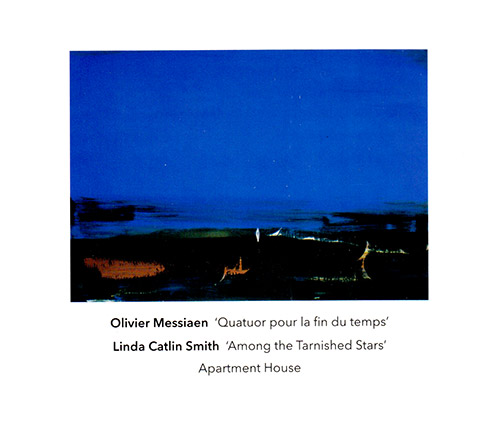
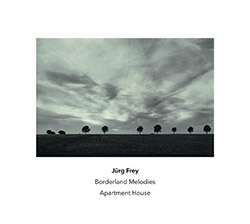
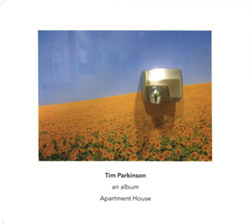
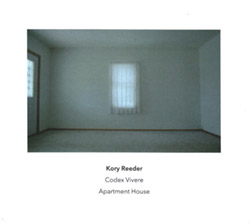
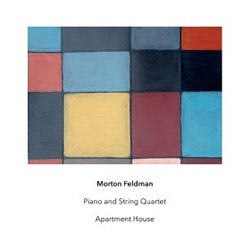


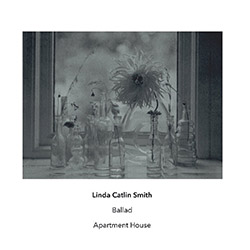
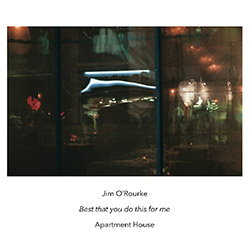



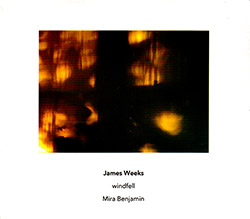




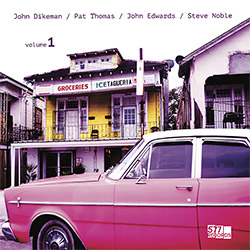
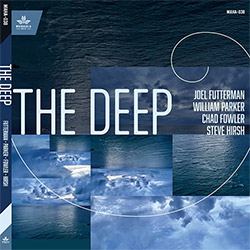
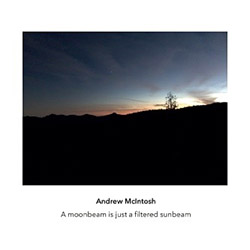

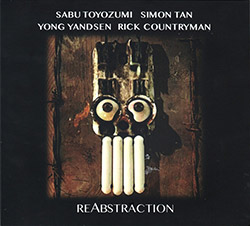
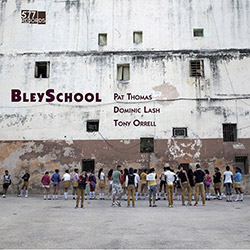
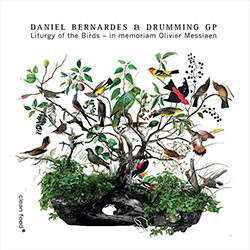
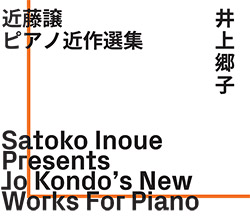
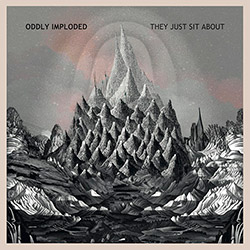


![Niblock, Phill / Anna Clementi / Thomas Stern: Zound Delta 2 [VINYL]](https://www.teuthida.com/productImages/misc4/34623.jpg)
![Yoko, Ono / The Great Learning Orchestra: Selected Recordings From Grapefruit [2 CDs]](https://www.teuthida.com/productImages/misc4/35841.jpg)
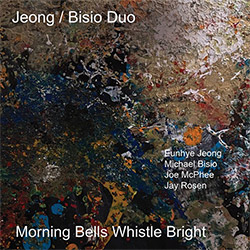
![Brotzmann, Peter / John Edwards / Steve Noble / Jason Adasiewicz: The Quartet [2 CDs]](https://www.teuthida.com/productImages/misc4/35975.jpg)
![Brotzmann, Peter / John Edwards / Steve Noble / Jason Adasiewicz: The Quartet [VINYL 2 LPs]](https://www.teuthida.com/productImages/misc4/35976.jpg)
![Thomas, Pat: The Solar Model of Ibn-Al Shatir [VINYL]](https://www.teuthida.com/productImages/misc4/36044.jpg)
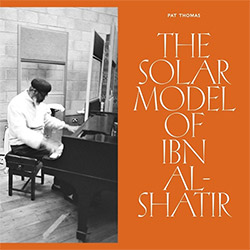

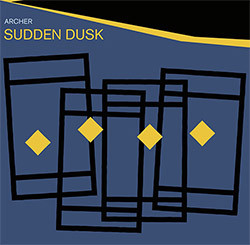

![Rodrigues, Ernesto / Nuno Torres / Guilherme Rodrigues: Whispers In The Moonlight - In Seven Movements [2CDs]](https://www.teuthida.com/productImages/misc4/35765.jpg)
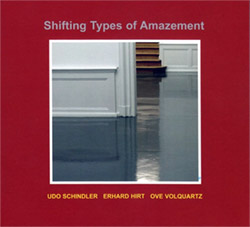

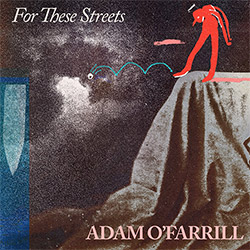
![Cocks, Laura: FATHM [VINYL]](https://www.teuthida.com/productImages/misc4/36055.jpg)
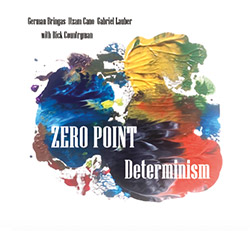
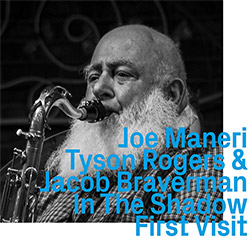
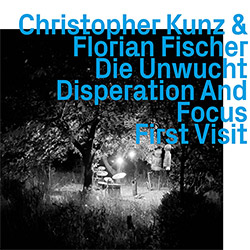
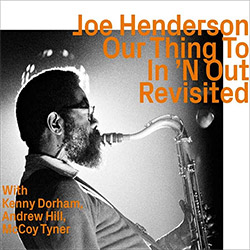

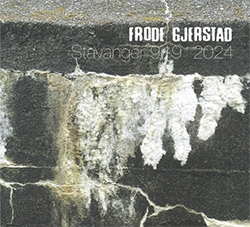
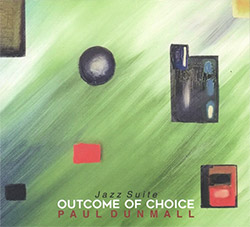
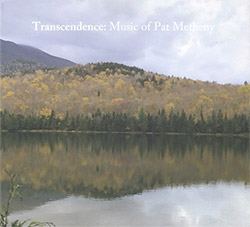
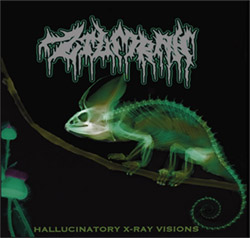
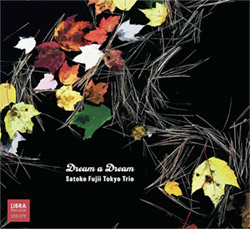
![Ackerley / Prymek / Turner: All Hope With Sleeping Minds [CASSETTE]](https://www.teuthida.com/productImages/misc4/35950.jpg)
![Myers, David Lee : Tin Drop Tear [BOOK w/ DOWNLOAD]](https://www.teuthida.com/productImages/misc4/36030.jpg)

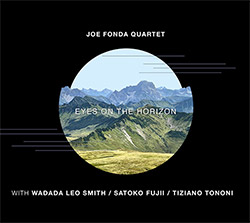
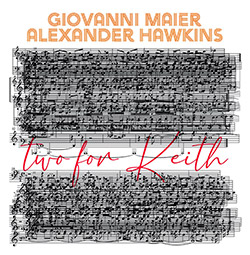
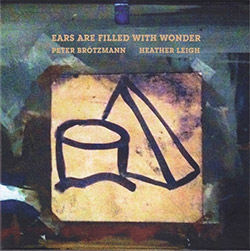
![Schindler, Udo / Sandy Ewen / Damon Smith: Munich Sound Studies Vols. 4, 5 & 6 [3 CDs]](https://www.teuthida.com/productImages/misc4/35966.jpg)
![Turbulence Orchestra & Sub-Units: Smear Out the Difficulties (Double Live) [2 CDs]](https://www.teuthida.com/productImages/misc4/36048.jpg)


![Perelman, Ivo / Tyshawn Sorey: Paralell Aesthetics [2 CDs]](https://www.teuthida.com/productImages/misc4/35871.jpg)
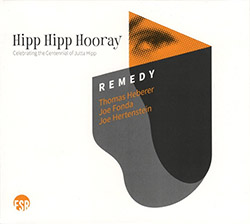

![Sjostrom, Harri: SoundScapes #4 Festival Berlin 2023 [3 CDs]](https://www.teuthida.com/productImages/misc4/35874.jpg)
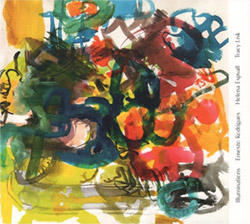


![Glenn, Jordan: Flustered [CASSETTE]](https://www.teuthida.com/productImages/misc4/35948.jpg)


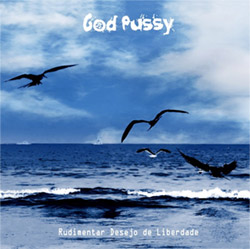

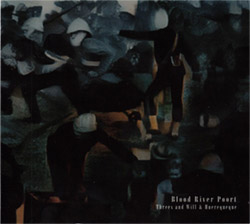
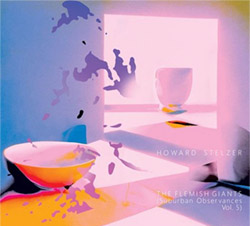

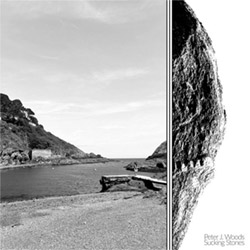
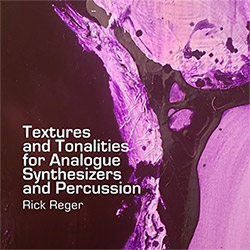

![Olencki, Weston : Pearls Ground Down To Powder [VINYL]](https://www.teuthida.com/productImages/misc4/35956.jpg)
![Myers, David Lee: Oculus [2CDs]](https://www.teuthida.com/productImages/misc4/35857.jpg)


![dustsceawung: dustsceawung [CASSETTE w/ Download]](https://www.teuthida.com/productImages/misc4/35753.jpg)
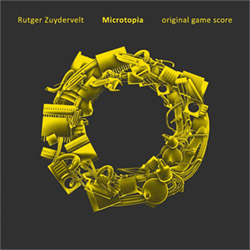



![Halls of the Machine: Atmospheres For Lovers And Sleepers [CASSETTE w/ DOWNLOAD]](https://www.teuthida.com/productImages/misc4/35806.jpg)
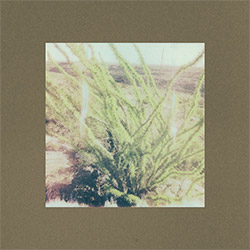
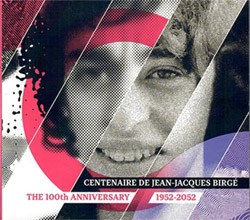
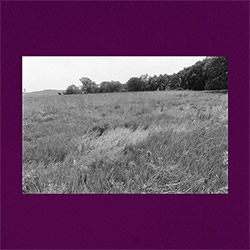
![AHC (Alexander Cooper): Lase [2 CDs]](https://www.teuthida.com/productImages/misc4/35754.jpg)



![Fagaschinski, Kai / Yan Jun : Graveyard Processions [VINYL w/ DOWNLOAD]](https://www.teuthida.com/productImages/misc4/35474.jpg)









![Zorn, John / JACK Quartet: The Complete String Quartets [2 CDs]](https://www.teuthida.com/productImages/misc4/35609.jpg)

![Lonsdale, Eden: Dawnings [2 CDs]](https://www.teuthida.com/productImages/misc4/35480.jpg)







![Sanna, Claudio: Compositori Sardi Contemporanei II [2 CDs]](https://www.teuthida.com/productImages/misc4/35317.jpg)







![Zurria, Manuel: Fame di Vento [3 CDs]](https://www.teuthida.com/productImages/misc4/35167.jpg)


![Electric Bird Noise / Derek Roddy: 8-10-22 [CD EP]](https://www.teuthida.com/productImages/misc4/35970.jpg)








![Elephant9 : Mythical River [VINYL]](https://www.teuthida.com/productImages/misc4/34624.jpg)



![Elephant9 with Terje Rypdal: Catching Fire [VINYL 2 LPs]](https://www.teuthida.com/productImages/misc4/35355.jpg)
![Deerlady (Obomsawin, Mali / Magdalena Abrego): Greatest Hits [VINYL]](https://www.teuthida.com/productImages/misc4/34876.jpg)







![Surplus 1980: Illusion of Consistency [CD]](https://www.teuthida.com/productImages/misc4/35069.jpg)
![Staiano, Moe: Away Towards the Light [VINYL + DOWNLOAD]](https://www.teuthida.com/productImages/misc4/35037.jpg)



![Caveira (Gomes / Sousa / Abras / Ferrandini): Ficar Vivo [VINYL]](https://www.teuthida.com/productImages/misc4/34643.jpg)
![Coley, Byron: Dating Tips for Touring Bands [VINYL]](https://www.teuthida.com/productImages/misc4/17906.jpg)

![Lost Kisses: My Life is Sad & Funny [DVD]](https://www.teuthida.com/productImages/misc4/lostKissesDVD.jpg)